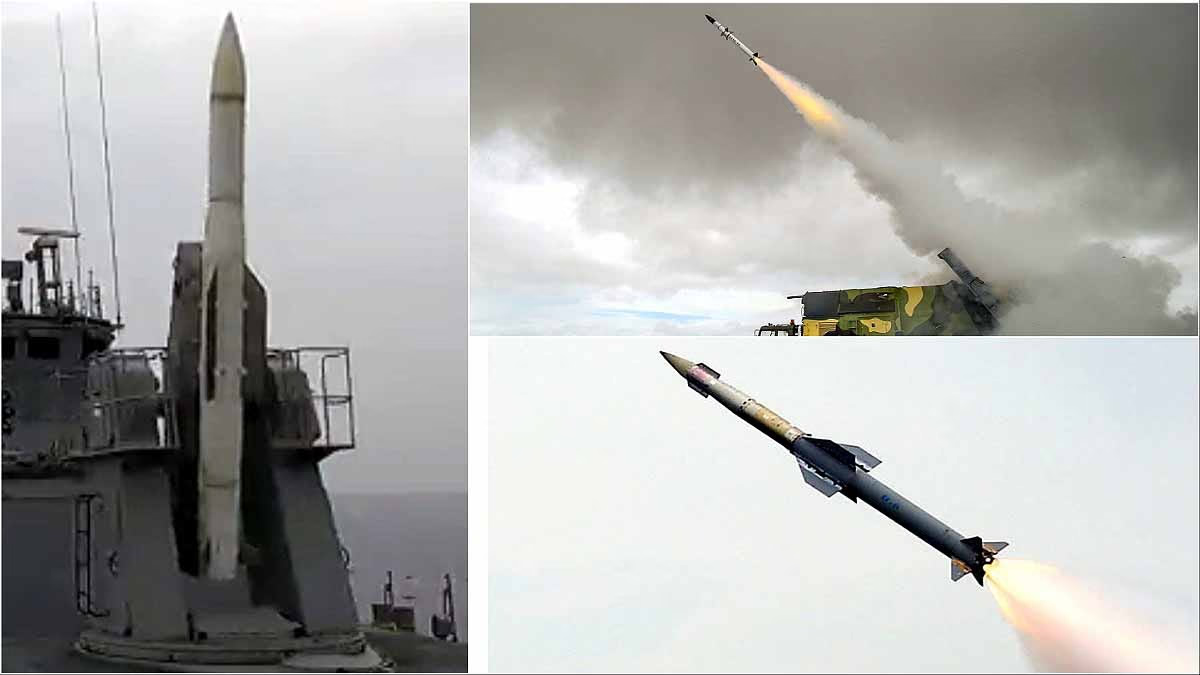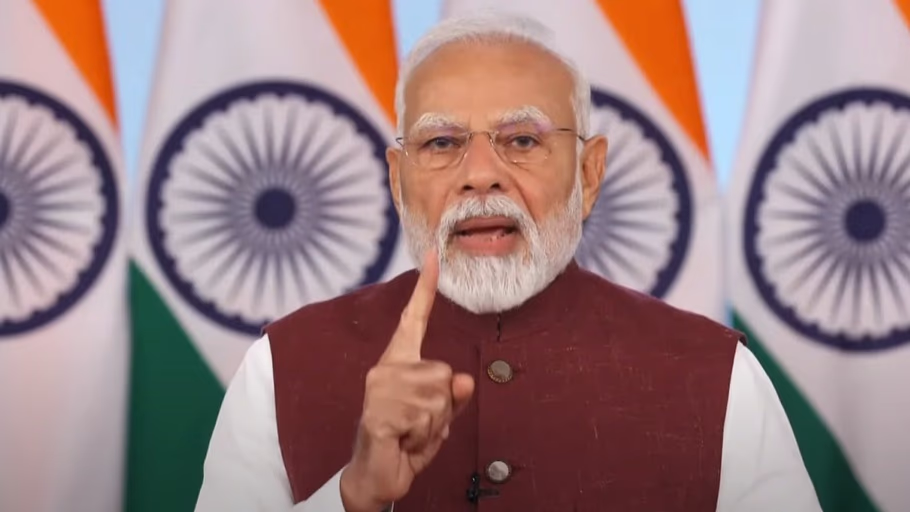On May 13, 2025, Indian Prime Minister Narendra Modi visited the Adampur Airbase in Punjab. During his visit, he met with Indian Air Force personnel and donned the Western Air Command cap, symbolizing the strength and leadership of the Western Air Command, which played a crucial role during recent India-Pakistan tensions. This is the same command that not only defended the nation against Pakistani attacks but also r
Significance of the Western Command Cap
The Western Air Command cap worn by Prime Minister Narendra Modi is more than just a military symbol; it epitomizes India's defense readiness, leadership, and determination against adversaries. Its importance can be understood from these viewpoints...
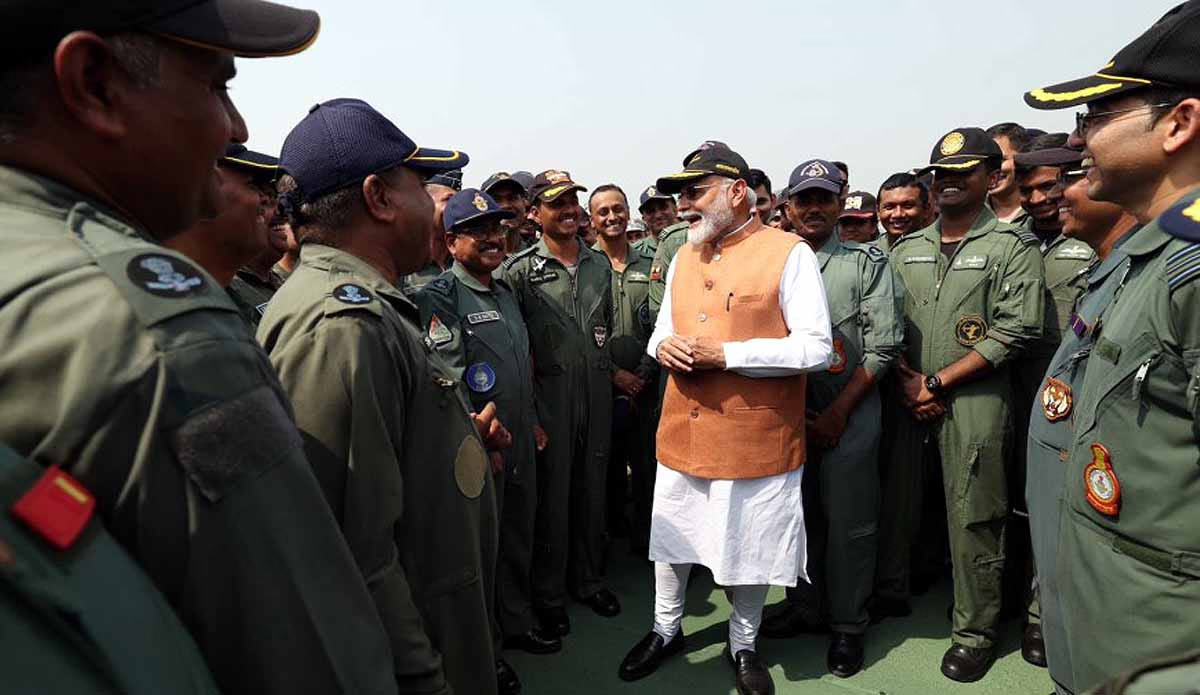
Source: aajtak
Western Air Command's Strategic Role
The Western Air Command is a critical command within the Indian Air Force, guarding the western frontiers. It oversees aerial operations in regions like Rajasthan, Punjab, Haryana, and Jammu & Kashmir, which border Pakistan.
During Operation Sindoor, this command demonstrated its preparedness and effectiveness, thwarting Pakistan's nefarious ambitions. By wearing the cap, Narendra Modi acknowledged the command's contributions.
Boosting Soldiers' Morale
Wearing a military cap serves as a symbolic gesture that communicates to soldiers that the country's leadership stands with them. Narendra Modi, having donned military caps on various occasions such as in Siachen and Ladakh, wearing the Western Command cap in Adampur reassured the troops of the government's appreciation of their valor and sacrifice.
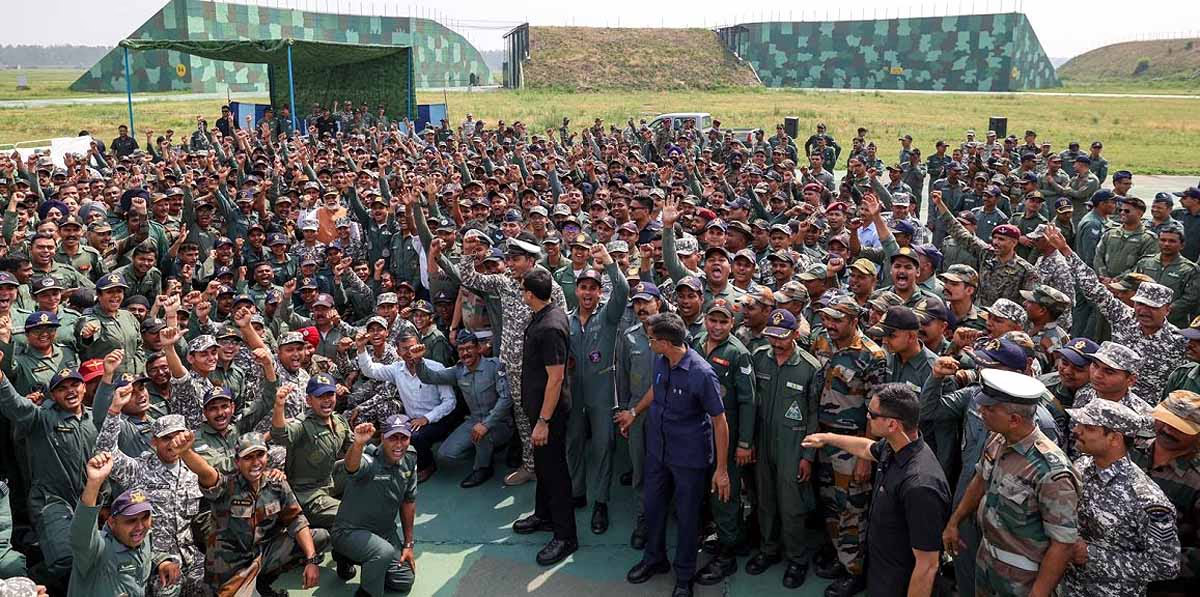
Source: aajtak
A Commanding Message to Pakistan
The symbolic value of the cap extends beyond India, sending a stern message to Pakistan that India is fully prepared to defend itself. The Western Air Command neutralized recent Pakistani attacks and dismantled their air defense systems. By wearing the cap, Narendra Modi made it clear that India is ready to respond to any aggression.
A Symbol of National Unity and Pride
This cap symbolizes India's military strength and national unity. In Operation Sindoor, the air force, army, and navy worked in unison, showcasing India's integrated defense strategy. Narendra Modi's gesture ignites pride and confidence among the citizens.
Adampur Airbase Visit and the Context of Operation Sindoor
Adampur Airbase, situated near Jalandhar in Punjab, is a pivotal strategic center in defending India's western frontier. It falls under the jurisdiction of the Western Air Command, which leads aerial defense across India's western borders, notably against Pakistan.
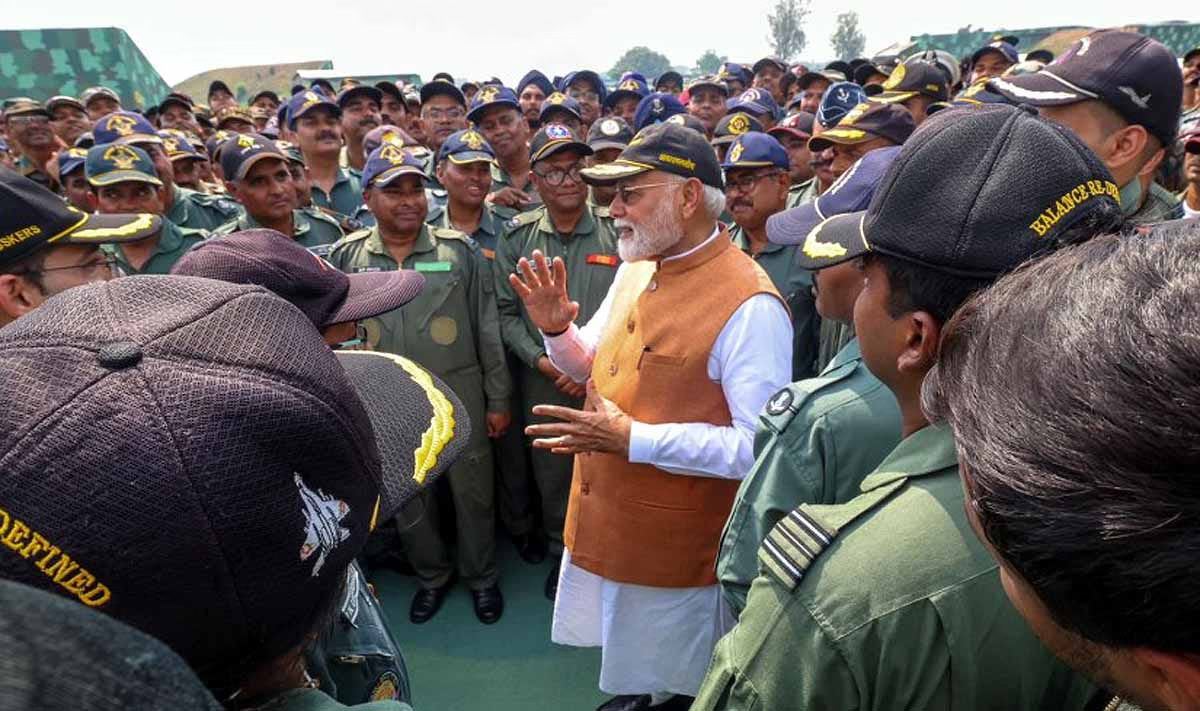
Source: aajtak
In May 2025, following a terrorist attack in Pahalgam, India initiated Operation Sindoor. Under this operation, Indian Air Force, Army, and Navy collaboratively dismantled nine terrorist camps in Pakistan and Pakistan-occupied Kashmir (PoK).
In retaliation, Pakistan launched drone and missile strikes on May 7-8 targeting 15 Indian military installations, including Srinagar, Pathankot, and Adampur. The Western Air Command played a crucial role in thwarting these attacks. Under the leadership of Air Marshal Jitendra Mishra, the command employed an integrated air defense system to neutralize Pakistani drones and missiles, preventing any significant loss for India.
India's operation further dismantled Pakistan's air defense system in Lahore, sending a formidable strategic message. Narendra Modi's visit to Adampur Airbase was a symbolic move to boost troop morale and display India's military strength.
Dialogues with Soldiers at Adampur
During his visit to Adampur Airbase, Narendra Modi interacted with soldiers, acclaiming their valor. He praised their alertness and bravery during Operation Sindoor, which successfully thwarted Pakistani attacks. He assured the soldiers that the government would prioritize their needs and pursue defense sector self-reliance. During the visit, he examined the MiG-29 and Sukhoi-30 fighter jets stationed at the airbase, integral to the Western Air Command.
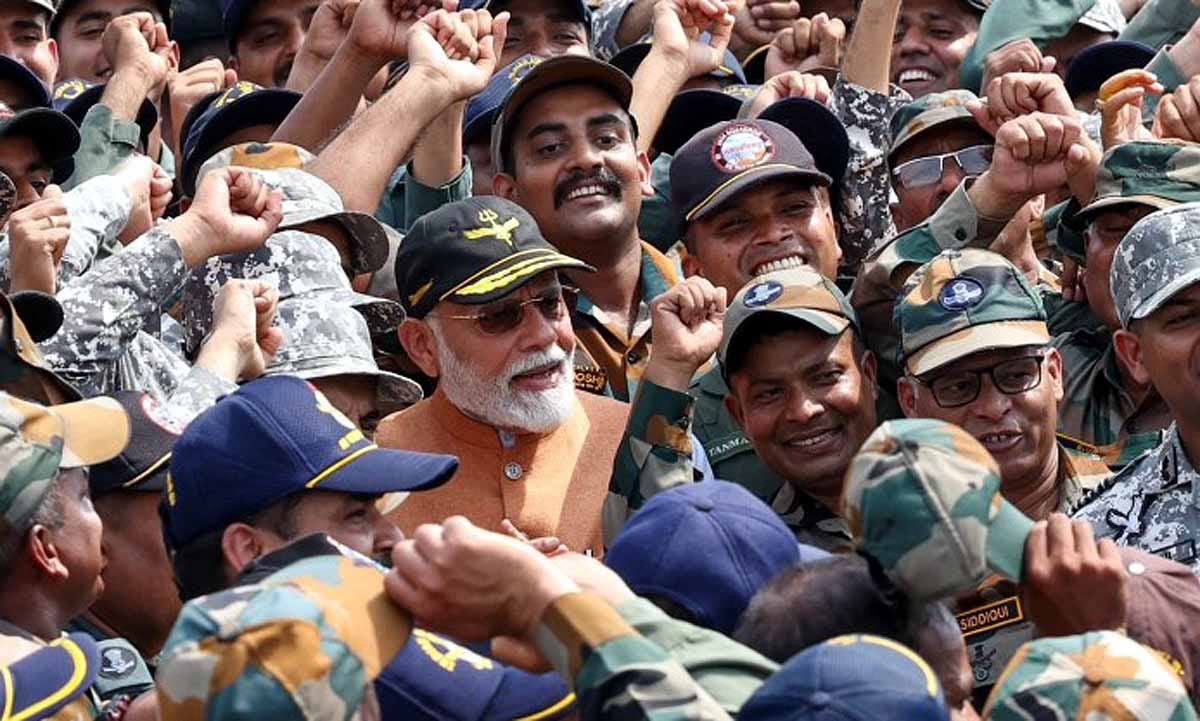
Source: aajtak
The Strength of Western Air Command
The Western Air Command is equipped with advanced resources that empower its defense of India's western borders...
Fighter Jets: MiG-29, Sukhoi-30, and Rafale are part of this command, capable of aerial warfare and precision strikes.
Air Defense Systems: S-400, Akash, and Barak-8 systems deployed by the command are effective against drone and missile threats.
Radars and Sensors: The command has advanced radar systems capable of monitoring airspace up to 1,800 km.
The role of the Western Air Command in Operation Sindoor sent a clear message to Pakistan that India is fully prepared to defend its borders. Narendra Modi's visit uplifted the troops' morale and kindled a sense of pride in the nation. It further reinforces India's integrated defense strategy and strides toward self-reliance.

